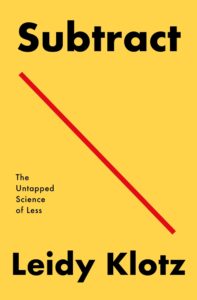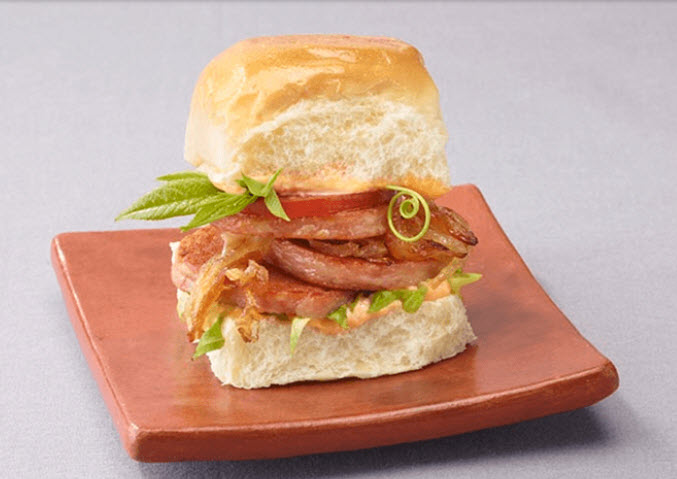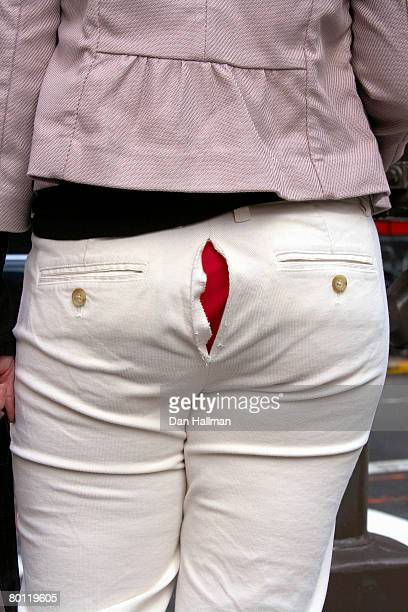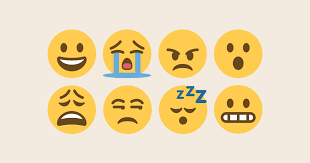Total Immersion.
“You gotta be in it to win it, like Yserman” is a favorite quote of mine. From a Kid Rock song.
My business is set up for total immersion. I typically do a brand strategy in a condensed period of time; ideally one month. I’m all in during that month. Everything I read, watch on TV, see on a tee-shirt or bumper sticker informs my thinking about the brand, its targets and buying culture.
Whenever I find an assignment dragging out over a “couple, two, tree” (sic) months – a little Brooklyn color – the immersion wanes. And I need to ramp up again. One time while working on a cool Microsoft project, I took on another assignment for a global supply chain thingie. It was crazy complex and I pooped the bed. My insights were worthy but the boil-down never happened. I didn’t charge for my time. Total immersion didn’t happen.
Brand planning, at least my brand planning, is not a multitasking kind of pursuit. It’s full tilt boogie.
Peace.











